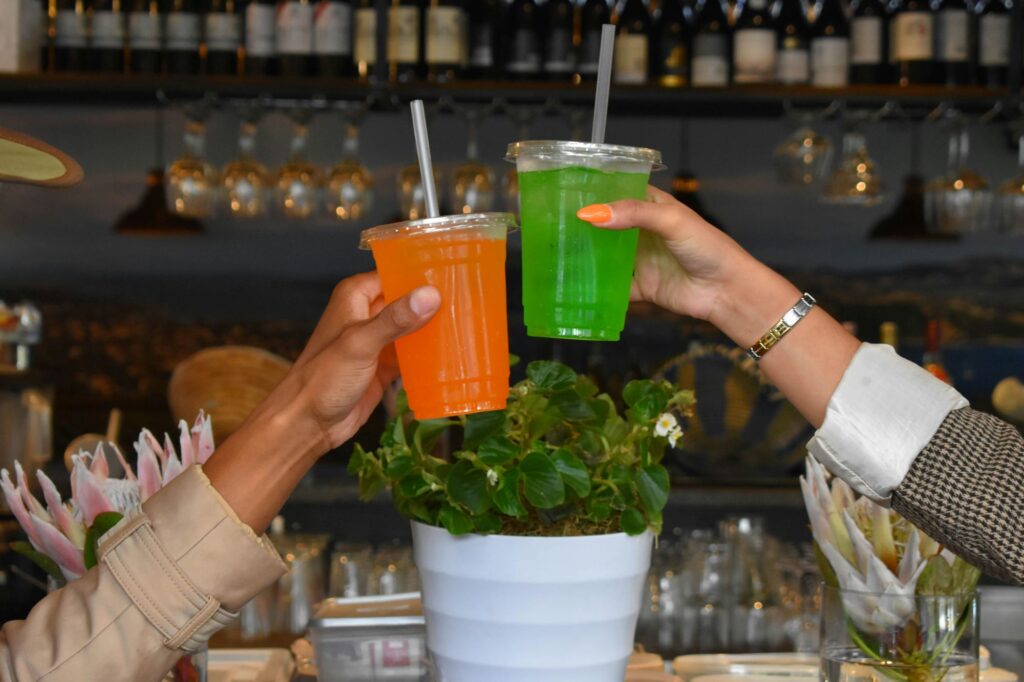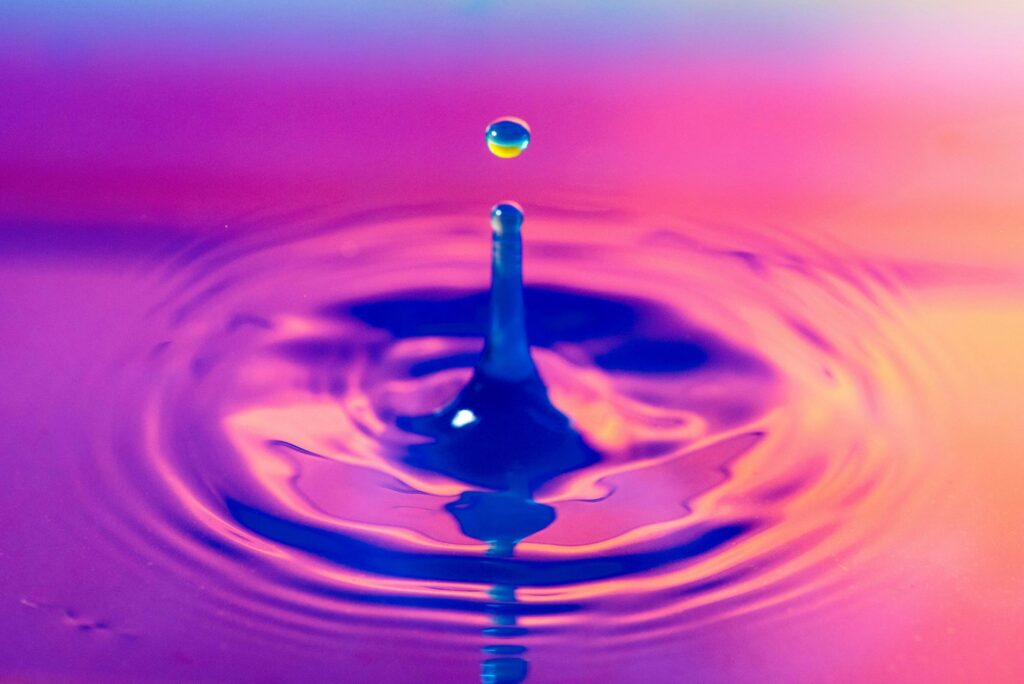Enhanced biodegradable polymers are now made with kombucha-derived cellulose nanofillers
In a push toward more sustainable packaging solutions, scientists have discovered an innovative way to transform biodegradable polymers into high-performance materials using nanoscale fillers made from bacterial cellulose.
But how does this work?
By integrating bacterial cellulose derived from agricultural waste into polymers like PLA (polylactic acid made from cornstarch and sugarcane) and PHBV (polymer produced by bacterial fermentation of lipids and sugar), scientists have significantly improved their mechanical strength, biodegradability, and resistance to oxygen. All this makes them ideal for use in food packaging.
This innovative nanoscale filler disperses evenly within the polymer, enhancing its overall performance without compromising its strength. For instance, it boosts the biodegradation rate while maintaining or even improving key properties, such as increasing the stiffness of PLA by 12% and reducing oxygen permeability by up to 45% in PHBV.
What makes this discovery truly innovative is its simplicity and scalability. The process uses bacterial cellulose, which is inexpensive, renewable, and derived from agricultural waste, making it a highly sustainable alternative to traditional fillers.
The result is a material that not only reduces reliance on fossil-based plastics but also fits into a fully circular, zero-waste economy, offering a practical solution for industries like food packaging, where sustainable alternatives are urgently needed. This research demonstrates the potential of cellulose-reinforced nanocomposites to revolutionize packaging and help reduce humanity’s environmental footprint, making it a crucial step toward a more sustainable future.
Read more about it in this paper!
Picture by Aninge Fetzer-Unsplash
Share the news:



